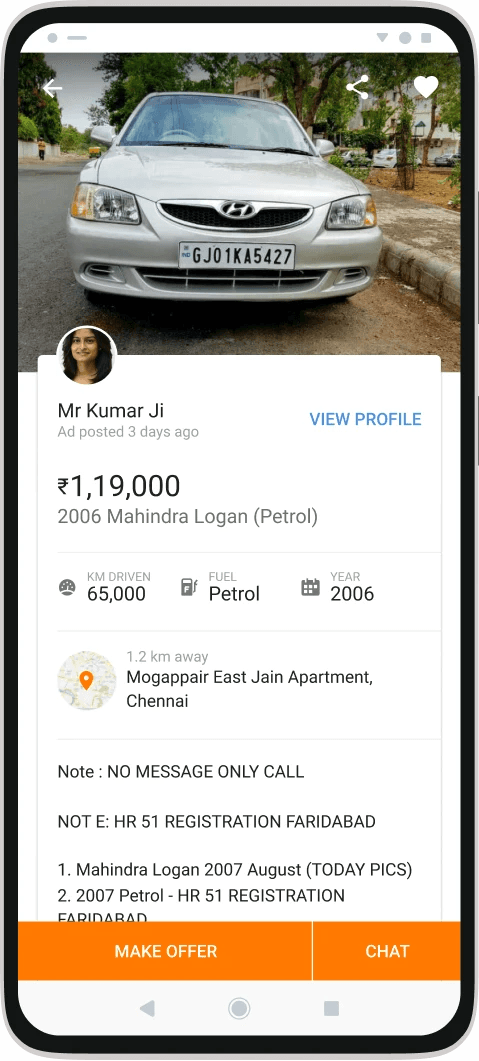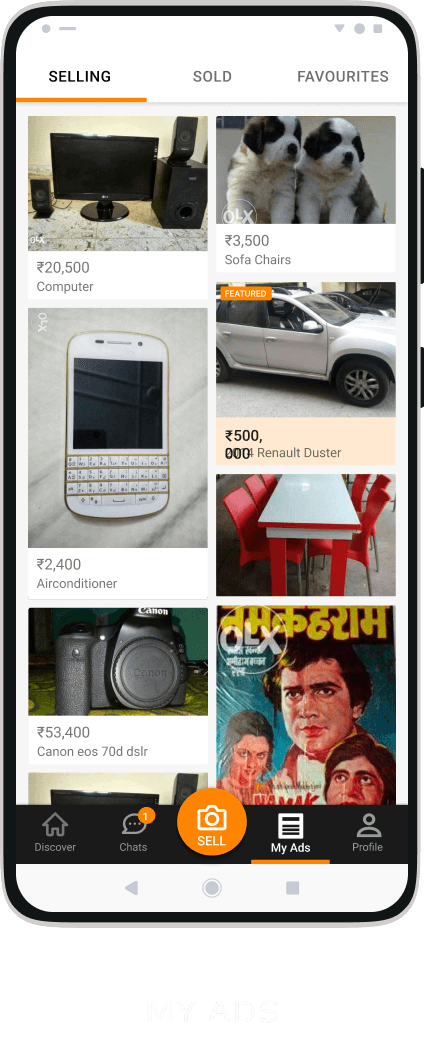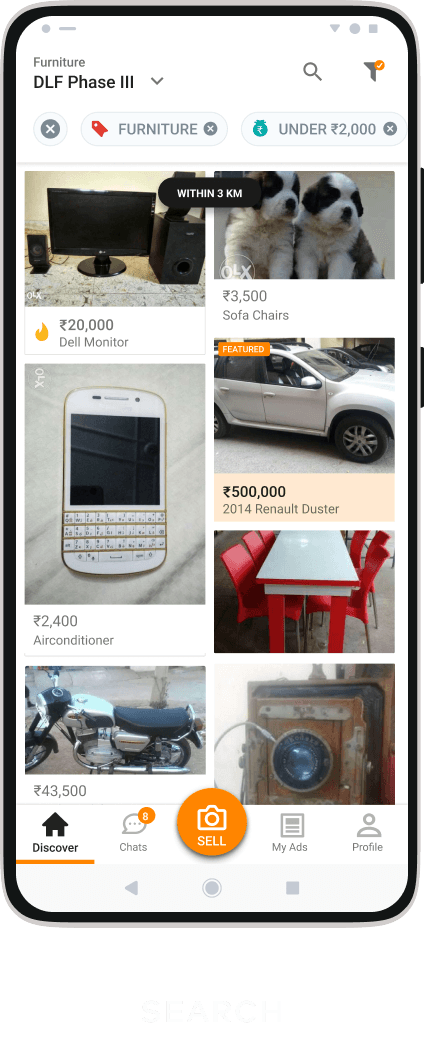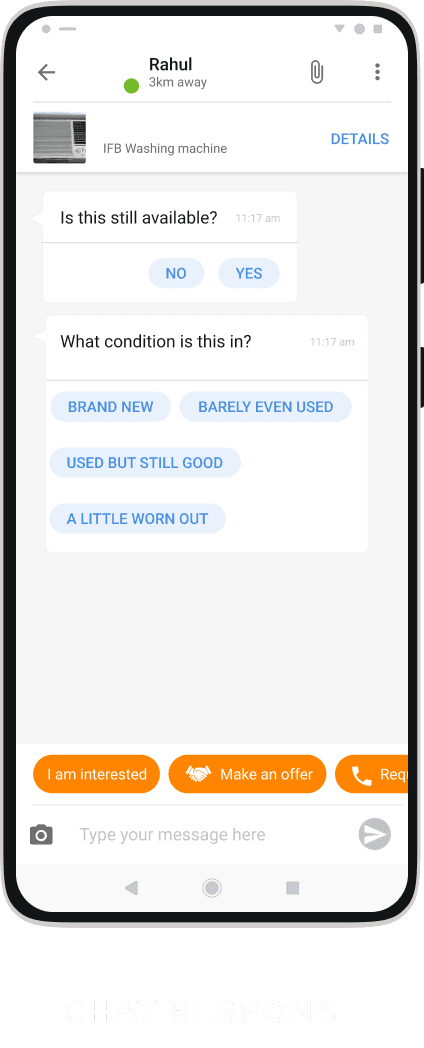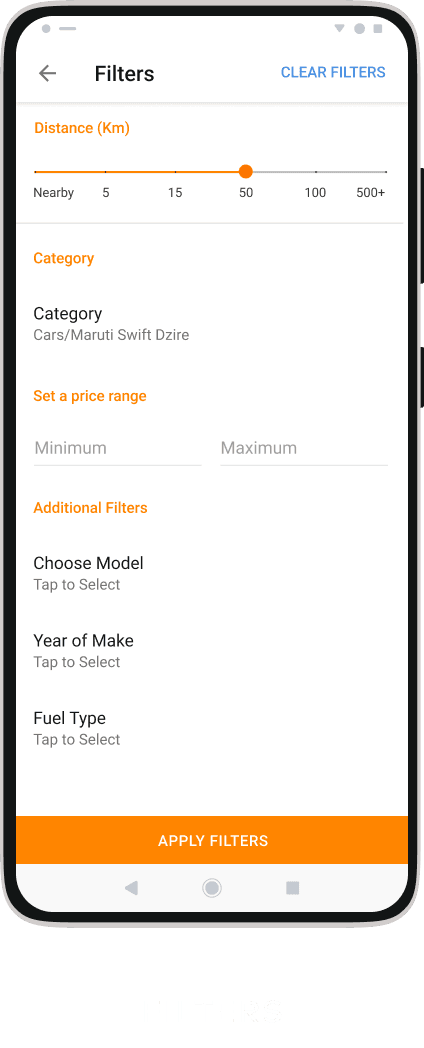OLX
What they came to us for
OLX, one of India’s largest classifieds to buy, sell and exchange products, wanted to revamp their online experience.
What we did
We redesigned core parts of the buyer and seller experience to increase conversion and create a C2C marketplace that could stay relevant for years to come.
Redesigning OLX to increase purchases
After gathering insights from OLX’s data, we introduced location filters for buyers to find products nearby.
We redesigned the home page to a “browse what you like” instead of “search what you need” experience.
We simplified the ad creation journey for sellers image-first and used AI to fetch product descriptions.
